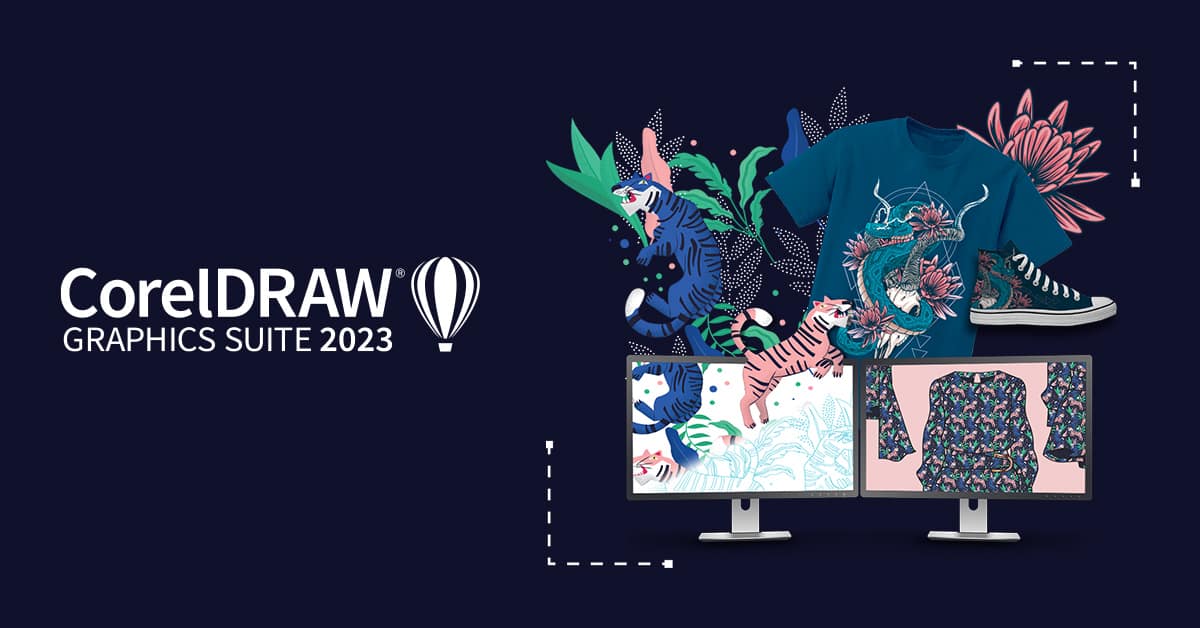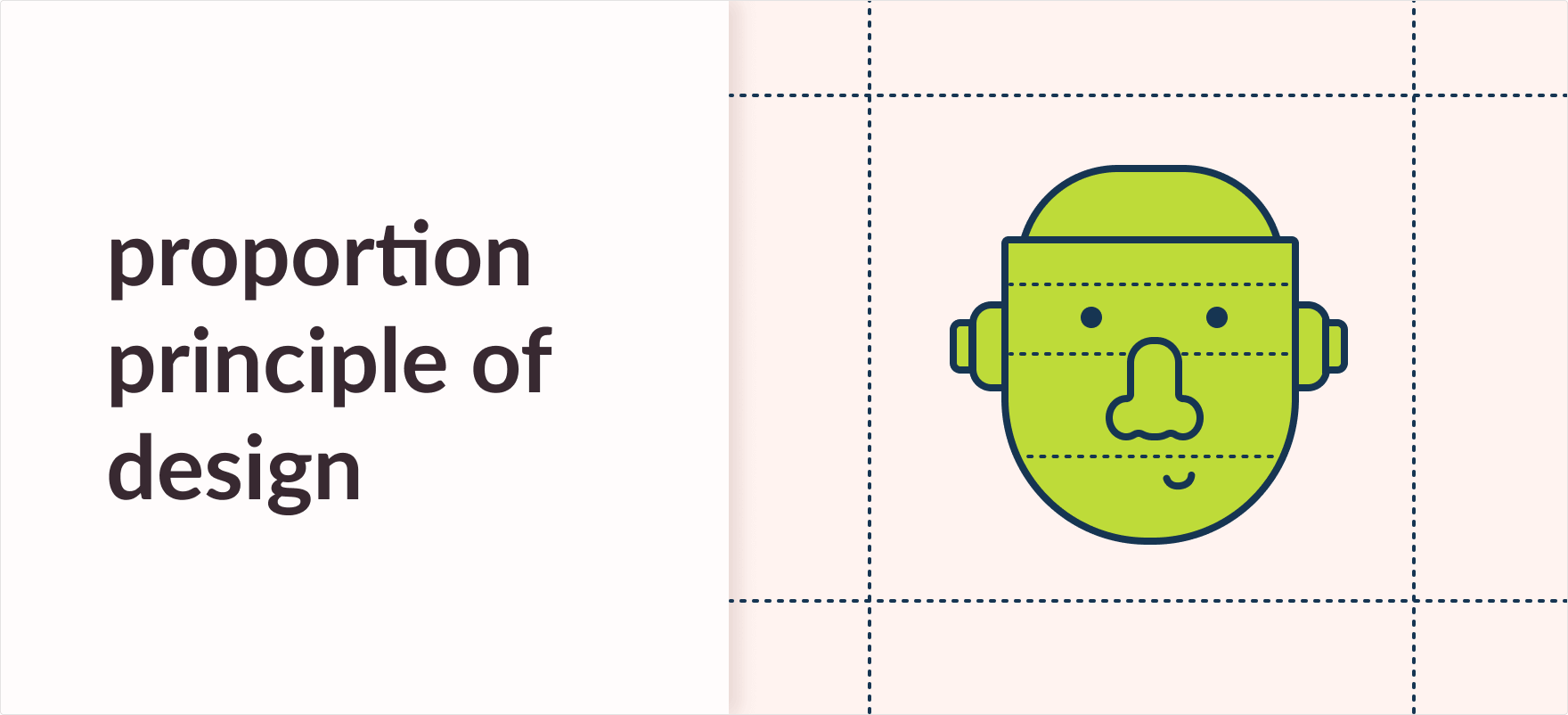In the world of design, there are several principles that guide creatives in creating visually appealing and harmonious compositions. One such principle that plays a crucial role in achieving balance and aesthetic appeal is proportion. Proportion refers to the relationship between various elements in a design, including their size, scale, and position. Understanding and implementing the concept of proportion can greatly enhance the impact and effectiveness of any design. In this blog post, we will delve deeper into the importance of proportion as a design principle and explore various techniques to effectively utilize it in your design projects.
I. Understanding Proportion in Design
Proportion is the cornerstone of visual harmony and balance in design. It is the relationship between the sizes of different elements in a composition that creates a sense of equilibrium. Proportion can be achieved through various techniques, including the use of mathematical ratios, visual measurements, and intuitive judgment. By understanding the principles of proportion, designers can create compositions that are visually appealing and pleasing to the eye.
II. The Golden Ratio: A Proportional Guide
One of the most famous and widely used proportional guides in design is the Golden Ratio. This mathematical concept has been utilized in art and design for centuries, and it is believed to represent an aesthetically pleasing proportion. The Golden Ratio, often represented as 1:1.618, can be seen in nature and has been applied in various design disciplines, from architecture to graphic design. Understanding and incorporating the Golden Ratio in your designs can help in achieving a sense of balance and proportion.
III. Achieving Proportion Through Scaling and Sizing
Scaling and sizing play a crucial role in achieving proportion in design. By carefully considering the size and scale of different elements in a composition, designers can create a sense of hierarchy and balance. Larger elements tend to attract more attention, while smaller elements provide contrast and add detail. The appropriate scaling and sizing of elements can help guide the viewer’s eye and create a visually pleasing composition.
IV. Proportion and Negative Space
Negative space, also known as white space, is an often-underutilized element in design. However, it plays a vital role in creating proportion and balance. Negative space refers to the empty or unmarked areas in a design, and it helps to define and emphasize the positive elements. By strategically incorporating negative space, designers can create a sense of proportion, highlight important elements, and improve the overall readability and aesthetics of a design.
V. The Rule of Thirds: A Composition Tool
The Rule of Thirds is a popular composition technique that can aid in achieving proportion and balance. It involves dividing the design area into a grid of nine equal sections by placing two horizontal and two vertical lines. By aligning important elements along these lines or at their intersections, designers can create a more visually appealing composition. The Rule of Thirds guides the eye and helps in achieving proportionate placement of elements within a design.
VI. Proportion and Typography
Typography is an essential aspect of design, and understanding how to achieve proportion in typography is crucial. Properly proportioned typography ensures readability and visual harmony. The size, spacing, and alignment of text elements can greatly impact the overall proportion of a design. By paying attention to the proportions of typography, designers can create compositions that are visually appealing and effectively convey the intended message.
Conclusion:
Mastering the principle of proportion is essential for any designer striving to create visually pleasing and balanced compositions. By understanding and implementing techniques such as the Golden Ratio, scaling and sizing, negative space, the Rule of Thirds, and typography, designers can achieve optimal proportion and create designs that are aesthetically pleasing and effective. So, next time you embark on a design project, remember to pay attention to proportion and witness the transformative power it can bring to your creations.
We hope this blog post has provided you with valuable insights into the importance of proportion as a design principle. What are your thoughts on proportion in design? How do you incorporate it into your projects? We invite you to share your experiences and opinions in the comments section below.
Principles of Design: Proportion – UX Engineer
Proportion in UI Design · Static elements remain the same size, regardless of how how big or small the screen is. · Fluid elements scale to a specified … – uxengineer.com

Discovering the Principles of Design: Rhythm, Proportion, Emphasis …
-Label design principles in a specific work of art, craft, graphic design or interior design. Project Indicator: Complete the project exercises in activity … – 4h.tennessee.edu
Principles of Good Design: Proportion – Teresa Bernard Oil Paintings
Nov 4, 2012 … Design Principle: Proportion Design Principle Proportion · Place like elements together that are similar or have a common feature. · Create … – teresabernardart.com

Design Principles Proportion
Design Principles Proportion Discovering the Principles of Design: Rhythm Proportion Emphasis … Discovering the Principles of Design: Rhythm Proportion . Emphasis Balance Pattern Repetition Variety Unity. 4-H Line and Design Project. 4h.tennessee.edu Proportion Principle of design – ux360.design D – drawspaces.com

Proportion in Landscape Design | Not Another Gardening Blog
Dec 31, 2012 … Proportion on the other hand, is the size of landscape elements in relation to each other and to the design as a whole. It can also refer to the … – notanothergardeningblog.com
Breaking Down the Principles of Design (with Infographic) | Toptal®
These 12 principles, explained in the infographic below, include contrast, balance, emphasis, proportion, hierarchy, repetition, rhythm, pattern, white space, … – www.toptal.com

The Principles of Design | Envato Tuts+
Jul 7, 2023 … Proportion in the principles of design is the sense of unity created when all the elements in a composition relate well with each other. – design.tutsplus.com

Proportion in Graphic Design: The Complete Guide | CorelDRAW
Proportion in design refers to the relative size of the elements in the design. In graphic design, you may not necessarily need to worry about the actual size … – www.coreldraw.com

Proportion Principle of design – ux360.design
Dec 3, 2021 … Proportion Principle of design … In a composition, proportion refers to the relationship between objects with reference to their size and visual … – ux360.design

The Principles of Design and Their Importance | Toptal®
Basic Visual Design Principles · Contrast · Balance · Emphasis · Proportion · Hierarchy · Repetition · Rhythm · Pattern. – www.toptal.com

Design Principles Repetition
Design Principles Repetition: Creating Harmony and Consistency in Design Introduction Design is a powerful tool that allows us to communicate engage and captivate audiences. Whether it’s a website a logo or a brochure design plays a crucial role in shaping the perception and experience of a brand or – drawspaces.com

Design Principles In Art
Design Principles In Art The Principles of Art and Design May 22 2019 … The principles of art and design are balance contrast emphasis movement pattern rhythm and unity/variety. The use of these principles can … www.thoughtco.com Performing Arts in ART The principles of design describe the ways – drawspaces.com

Principles Of Graphic Design
Principles Of Graphic Design 8 Basic design principles to help you make awesome graphics May 10 2022 … Design principle #1: Focus on alignment. Alignment is one of the most important design principles. It helps ensure a sharp ordered appearance … /a /p !– /wp:paragraph — /div !– /wp:column — – drawspaces.com

What Is Design Principles
What Is Design Principles What are Design Principles? | Interaction Design Foundation (IxDF) Design principles are fundamental pieces of advice for you to make easy-to-use pleasurable designs. You apply them when you select create and organize … www.interaction-design.org Design principles | InVis – drawspaces.com

Principles Universal Design
Principles Universal Design The 7 Principles | Centre for Excellence in Universal Design The 7 Principles · Principle 1: Equitable Use · Principle 2: Flexibility in Use · Principle 3: Simple and Intuitive Use · Principle 4: Perceptible Information … universaldesign.ie Universal Design: Process Pri – drawspaces.com
